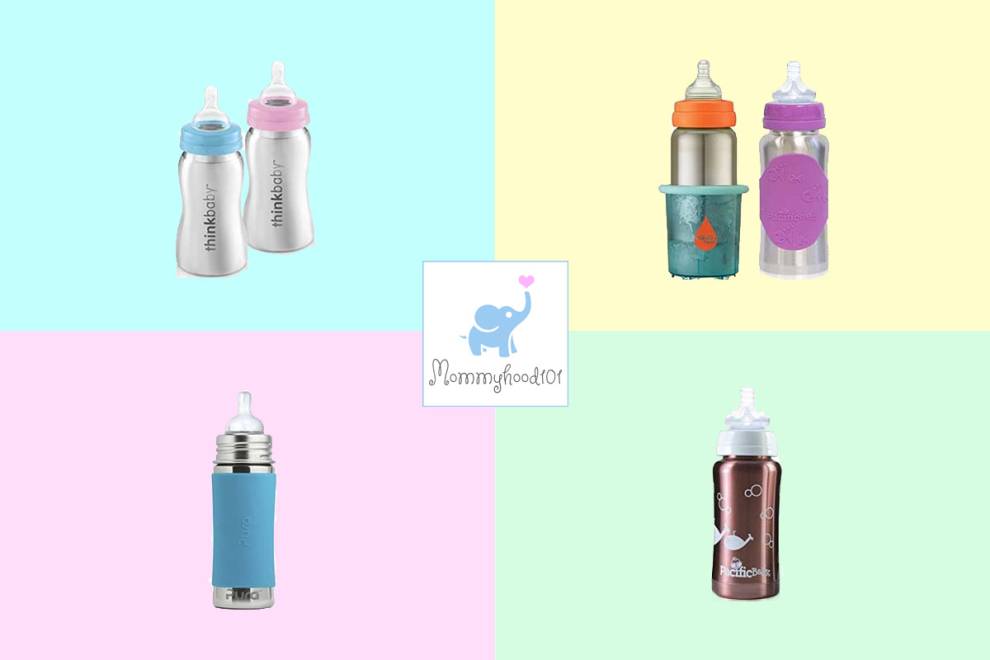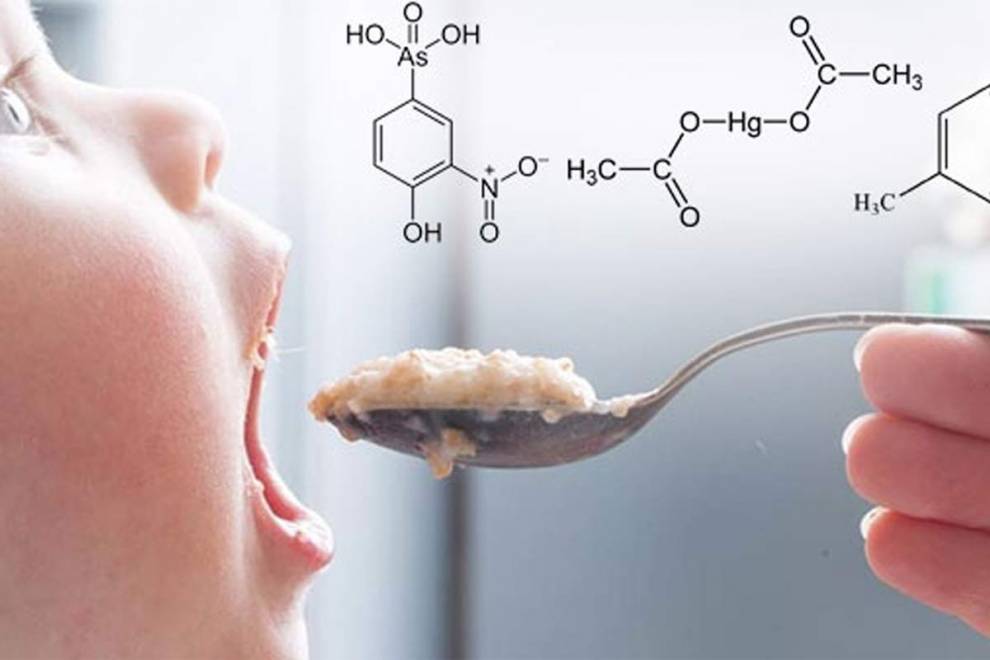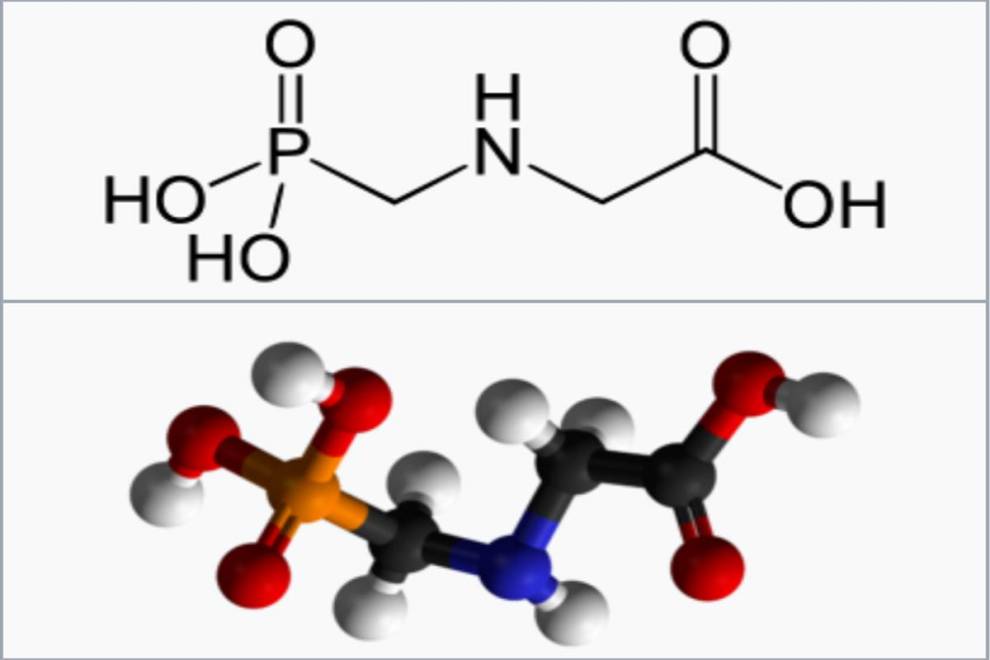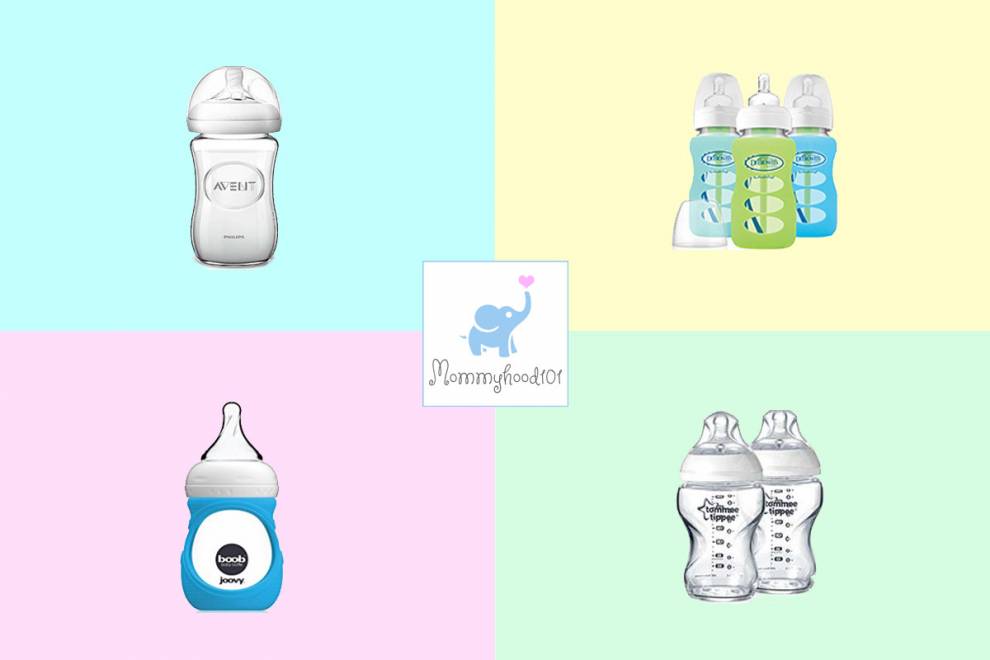A practical guide to introduce your baby to solid foods without losing your mind!
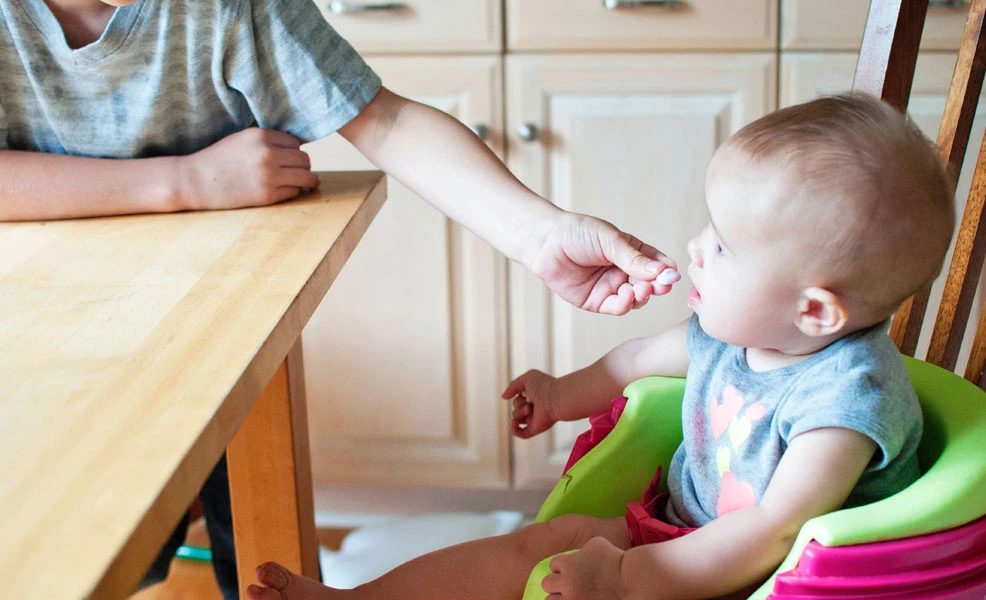
Mommyhood101 independently tests and curates baby gear to help you make informed decisions. If you buy products through links on our site, we may earn a commission.
With all the changes in recommendations over the years, introducing your baby to solid food can be a confusing time. This simple guide outlines when to introduce solid foods to your baby, what to feed them, and how to do it. With patience and practice, your little one will be eating on their own before you know it!
Once you're ready to start the solid food adventure, we suggest checking out our list of the best baby oatmeal and rice cereals and the best baby fruit and vegetable purees, and if you're interested in making your own baby food, our list of the best baby food makers!
When to Start Solid Foods
By the age of 4 to 6 months, you may notice that your little one shows significant signs of interest when it comes to eating and food. They will show signs of readiness when they are able to sit upright, control their head and neck and show interest in food. You may notice that when you are eating, they may open and close their mouth or reach for your food. These are pretty good signs that your baby is ready to start with simple solid foods.
Our recommendation is to start with simple rice or oatmeal baby cereals, mixing the cereal with your breast milk or formula. Starting with something as familiar as mom’s breast milk or their familiar formula will help with acceptance of baby cereals. Don’t expect your baby to eat much of it, and most of it will end up pushed out of their mouths and all over their faces! It’s a messy but beautiful first eating experience, and it will take some time for your baby to get used to eating their first solid foods.
Both the Canadian Paediatric Society and the American Academy of Pediatrics recommend exclusive breast feeding and to continue offering breast milk along with any solid foods until at least the age of one. Breast milk provides all the necessary and important vitamins, iron and protein that a baby requires until they are about 6 months of age, but continues to benefit their health well beyond that time. This is another reason it’s a good idea to mix a baby’s first food with breast milk.
Food Allergies
Back in the day, some parents would keep highly allergenic foods away from babies due to the fear of allergic reaction. For example, products containing nuts, eggs, or dairy (other than mom’s milk). Nowadays, pediatricians and nutritionists recommend exposing children to these foods, along with other solid foods. There is research that indicates that an early introduction of relatively allergenic foods may help reduce the chance of low-risk children developing an allergic reaction.
Low-risk children are those with no immediate family history of serious allergies (food or otherwise). High-risk children are those with a first degree relative that has a severe allergy – these children should not be introduced to highly allergenic foods unless otherwise indicated by a medical practitioner.
Signs of allergic reaction may include hives, rash, vomiting, diarrhea, swelling of the face and breathing difficulties. It may take a day or two for symptoms to appear and they will likely be mild and non-life threatening. If you are concerned about the severity of an allergic reaction, do not hesitate to take your child to the doctor or emergency service.
If your child shows no signs of allergic reaction to a new food, you can gradually begin to include more foods into their diet, waiting a day or two for signs of a reaction.
How to Introduce Solid Foods
Some kids may be all for digging into the solid foods, while others may be hesitant to stray from breast milk or formula. If your little one is turning their nose, and refusing to open their mouth for the airplane, try offering breast milk or formula first and, when they are almost done, offer them a relatively bland puree (like rice cereal or oatmeal cereal). Encourage them to eat as much as they are willing and then finish with breast milk or formula.
This is a very basic routine for introducing solids for your little one and can certainly be personalized to whatever works for your child. Every child takes to solid foods differently, so there is no one-size-fits-all solution!
Once your baby starts eating the puree regularly and begins to use a side-by-side grinding motion, you can reduce the liquids in the puree. Eventually they will be able to chew, at which time you can give them chunkier finger foods.
First Foods for your Baby
When it comes to introducing your baby to solids, there is no evidence to support a specific order of introduction. You will want to expose your child to a variety of healthy foods, tastes and textures. You will want to, of course, start with pureed, mushy foods until they are able to chew. Once they are able to eat finger foods, make sure the pieces are small, soft and easy to swallow.
The recommended intake of solid foods is about 4 ounces at each meal and this will increase as they grow and develop. You should offer your little one 2 to 3 meals per day.
When you are choosing the foods to give to your child, be sure to avoid added sugars, salts and seasonings. You can choose to buy jarred baby food from the store or make your own. We offer some helpful lists of the best organic baby fruit and veggie purees and best baby food makers, depending on how adventurous you’re feeling. If you're dealing with a picky eater, check out our tips for picky eaters.
Homemade baby foods are not difficult to make and simply involve cooking the food before pureeing it in a food processor or blender (or mushing it with a fork). Of course, there are some awesome baby food makers on the market that can steam and puree for you, all in one unit. Keep in mind that homemade foods will generally expire quicker than store bought foods, unless you add a natural preservative such as ascorbic acid.
Important Notes About Baby Food:
Partially eaten portions of baby food, whether homemade or store-bought, should not be stored in the fridge or freezer. Bacteria from your child’s mouth and spoon may contaminate the food. If you are using jarred food, it is best to pour a small portion into a bowl before feeding instead of feeding from the jar. As mentioned above, homemade foods can be frozen in ice cube trays, creating the perfect portion size.
As you probably know, never do not feed honey to a baby under the age of one year old. There are natural bacteria in honey that their immature intestines may not be able to handle (this may lead to a deadly condition known as infant botulism). After the age of one, their system will be strong enough to digest it.
Quick and Simple First Food Recipes
Pea Puree
3 cups peas
2 tbsp water
- Steam peas for 2-3 minutes.
- Puree with water until smooth and creamy.
Mango and Banana
1 mango (peeled and chopped)
1 banana (peeled)
- Puree.
Sweet Potato, Red Pepper and Pear
1 sweet potato (peeled and chopped)
1 red pepper (chopped)
1 pear (chopped)
- Steam sweet potato for approximately 10 minutes.
- Add red pepper and pear for another 5-10 minutes, until the pear is tender.
- Let cool and puree.
* Water can be added during any puree process to make the texture smoother.
* Pureed foods can be frozen in an ice cube tray for easy access and storage.
* Most uneaten foods can be stored in the fridge for 48-72 hours, in the freezer for 3-6 months.







